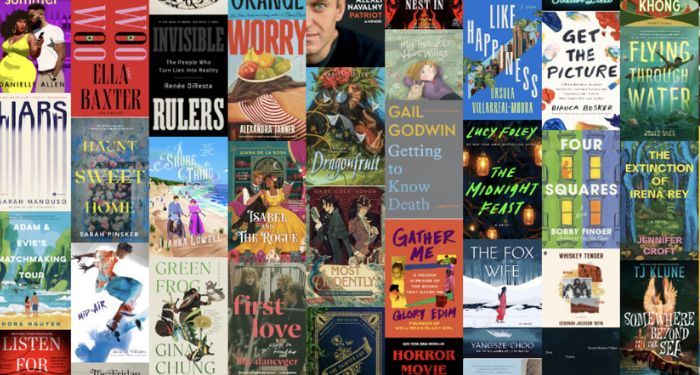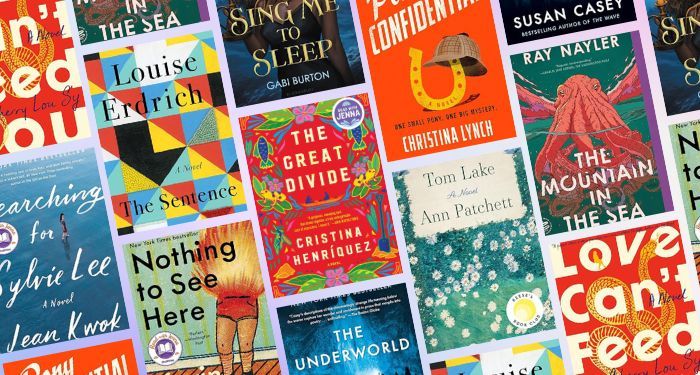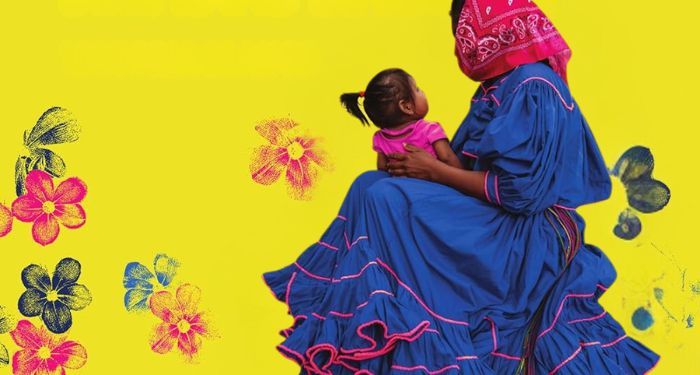It’s hard to keep up with all the latest news and discussions about children’s books and publishing, so I’m helping out by doing it for you. Here are a few articles that caught my attention recently, from kids reading less to librarians covering images of nudity and interviews with Native American children’s book authors.
UK Report Shows Kids Reading Less
According to a National Literacy Trust report, 34.6% of UK 8- to 18-year-olds enjoy reading in their free time, with only 28.2% of boys enjoying reading compared to 40.5% of girls. This is an 8.8% drop compared to last year.
I’m seeing a lot of conversation about this study online, and, of course, it’s a concerning statistic for people in the kidlit community. I think the reasons kids no longer enjoy reading as much are complex and include many factors, like COVID-19 anxiety, learning gaps, an increase in screens, and published books not being of interest to this age group.
I have seen some people posting specifically about how boys don’t enjoy reading as much as girls because of toxic masculinity and being unable to read books with girl main characters, but I’m not so sure about this. I worked for 12 years at a bookstore shelving books for 6- to 18-year-olds. I frequently had mothers come in and ask for “books with boy protagonists” because their sons weren’t reading. They bought into the idea that boys should only read about boys.
However, tween boys who asked me for book recommendations never asked for that. They wanted books to read like Captain Underpants, Diary of a Wimpy Kid, Dog Man, science fiction, or LEGO or Minecraft books. They didn’t care if a girl starred in the book or not. They wanted slapstick humor and cool sci-fi and building stuff. And there’s just not much of that out there, especially once kids graduate from middle grade.
To be clear, girls asked me for recommendations like this, too! My daughter is a huge Dog Man fan. It’s harder to find humor and sci-fi for kids. Maybe kids would enjoy reading more if those types of books were available. I do think it’s more complicated than just having these books available, but it wouldn’t hurt. I could write a lot more on this topic, but I think I’ll stop here!
School Librarians Alter Illustrations To Avoid Book Bans
Knowing beloved children’s books might be banned for indecency due to nudity, some school librarians are choosing instead to alter illustrations to cover nudity. In an article for the School Library Journal, one librarian describes drawing shorts on the protagonist in No, David! Another has covered images of a breastfeeding mom in Zonia’s Rain Forest. What a horrible, harrowing decision to have to make. Yet, I admire these librarians and their ingenuity in the face of fascism and censorship.
In other book banning news, the Florida Department of Education has released a list of 700 books to be removed from K-12 schools.
Infant Neuroscience and Nursery Rhymes
Another School Library Journal article dives into the science behind why rhymes are so important to hear during infancy. A new study from the University of Cambridge and Trinity College Dublin found that babies can detect phonological categories in singsong rhymes from as early as seven months. Researchers determined this by using head caps with sensors measuring brain activity in 50 babies at various points during their infancy. The babies watched a video of a teacher singing nursery rhymes, and the researchers studied their brain activity. I love a good scientific study, and this one is so cool! It underlies the importance of infant library programming.
Native American KidLit Author Interviews
Over on Publishers Weekly, six Native American authors discuss their writing process and what inspired their latest stories: Violet Duncan on Buffalo Dreamer, Cynthia Leitich Smith on On a Wing and a Tear, Cameron Mukwa on The Ribbon Skirt, Dawn Quigley on Red Bird Danced, Anna Rose Johnson on The Luminous Life of Lucy Landry, and Traci Sorell on Being Home. All the authors speak about filling gaps and how these stories present important aspects of their communities. I’ve read four out of six of these and so enjoyed them. I definitely need to check out the rest.
Watch Reading Rainbow For Free
PBS Distribution is launching pop-up channels on Amazon Prime, including Reading Rainbow. All PBS feeds will be free to watch on the Amazon Prime app, and you don’t have to be an Amazon Prime member to watch them. It honestly feels like it would be such a stress reliever to power watch as many Reading Rainbow episodes in a row as possible…for me, an adult.






)


 English (US) ·
English (US) ·